Phonics Teaching Resources
Make teaching phonics easy with printable phonics worksheets, activities, games and more designed for primary teachers.
This collection of Australian curriculum-aligned teaching resources has been carefully reviewed by our expert teaching team to make sure every resource is classroom-ready — so we can make your lesson planning easier!
New to teaching phonics, or just looking for new ways to engage your students? Read on for a primer from our teacher team!
What Is Phonics?
You've likely heard the word 'phonics' thousands of times throughout your own education and maybe on one of those old as from the '90s. But what is phonics, exactly?
Phonics is technically defined as the systematic instruction of the relationships between letters and sounds in written language. But that's a mouthful, isn't it? More simply, phonics is the word we use to refer to the method of teaching reading by focusing on the relationship between written letters and the sounds they represent.
In phonics, kids learn how to decode written words by recognising the sound-symbol correspondence.
Phonics vs. Phonemic Awareness
When we start talking about letters and their sounds, we start to wander into phonemic awareness territory. So what's the difference?
The words phonics and phonemic are similar, and the two concepts are — surprise, surprise — related. But there are key differences.
Phonemic awareness is essentially the ability to identify and manipulate individual sounds — aka phonemes — in spoken language. It's those individual sounds and their correspondence to the letter symbols that can be used by kids to then decode written words.
So students learn to recognise the individual sounds of spoken language (phonemes) and how these sounds can be represented by letters (graphemes) in written language. Then they apply this knowledge to decode written words by understanding the sound-symbol correspondence.
Consider this example:
- Let's say your student can identify the separate sounds in a spoken word such as 'cat' (i.e., /k/ /a/ /t/). That's phonemic awareness.
- Now let's say you're teaching that same student that the letter 'c' represents the /k/ sound and that the letter 'a' represents the /a/ sound, and that these sounds combine to form the word 'cat.' That's phonics!
How to Teach Phonics in Primary School
OK, you probably already know that phonics is all about teaching word recognition via grapheme-phoneme associations and letter-sound correspondences.
It’s a means of teaching early readers the pieces that make up a word so they can blend them together to decode the English language as readers and writers.
But how do you teach it?
In the earliest stages, phonics instruction typically begins with teaching students the most common letter-sound relationships. You start with consonants, then move on to vowels, then consonant blends.
Students then learn to sound out words by decoding the letters and blending the sounds together to form words.

Phonics Vocabulary Terms to Remember
The English language system is one of the hardest to teach and learn, so how do you teach phonics? Let’s start with the phonics vocabulary.
- For starters, there are 26 letters that create approximately 44 phonemes, the word for the individual speech sounds that make up words. Put together, phonemes make words. OK, easy enough, right?
- Well, these phonemes can be written in more than 200 different letter combinations, known as graphemes. Graphemes can be made up of 1 letter (such as 'p' in 'pig'), 2 letters (such as 'gh' in ghost), 3 letters (such as 'igh' in night), or 4 letters (such as 'ough' in rough).
- Then there are digraphs or two letters that work together to make one sound — such as “ph” in graph. But wait, isn’t that a grapheme? Yup, a digraph is a type of grapheme.
- So is a trigraph, trigraphs, aka three letters that work together to make one sound, such as 'dge' in edge.
- And if you’re teaching phonics, you can’t forget dipthongs, the name for a sound that is formed by the combination of two vowels in a single syllable, such as 'ou' in loud.
Most students will spend foundation, year 1 and even year 2 getting a handle on all phonics elements!
- Plus Plan
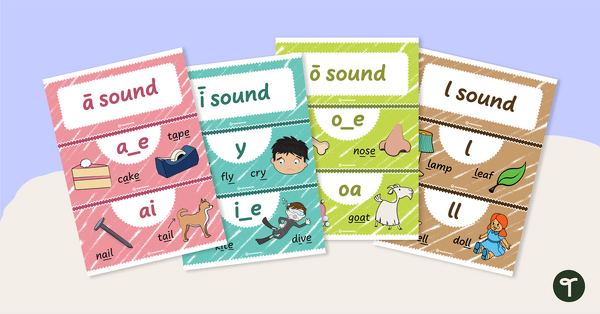
Phonics Sound Wall Display
Build a classroom sound wall to match your phonics programs and literacy progressions with a printable sound wall display.
- Free Plan
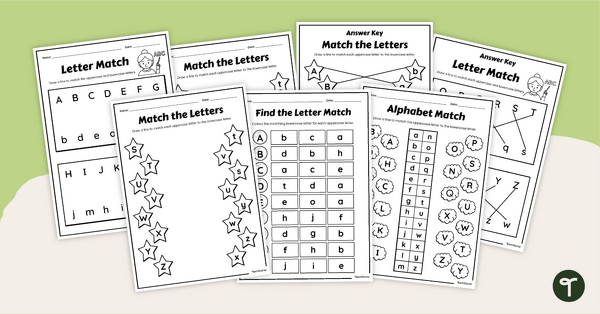
Uppercase and Lowercase Matching Worksheet Set
Use these uppercase and lowercase matching worksheets to help students identify and name both forms of each letter.
- Plus Plan
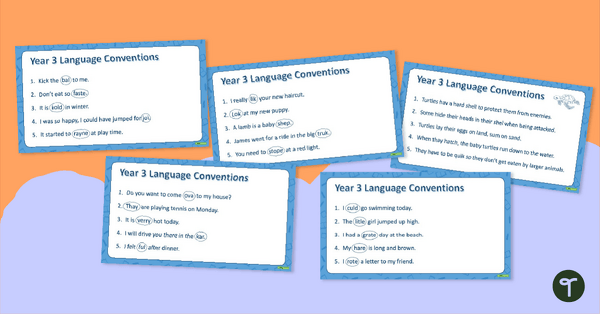
NAPLAN - Language Conventions - Spelling PowerPoint (Year 3)
A 44 slide PowerPoint presentation displaying NAPLAN style spelling questions.
- Plus Plan
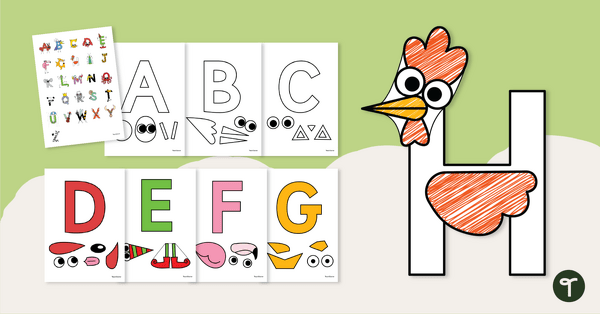
Alphabet Craft Printable Templates
Assist young students with letter recognition, phonemic awareness, and fine motor development with these adorable alphabet craft templates.
- Plus Plan

Science of Reading Group Folder Templates
Stay organised with these versatile Science of Reading Group Folder Templates, designed to offer plenty of options.
- Plus Plan

Year 3 NAPLAN Test Practice - Language Conventions - Spelling
Get ready for the test with Year 3 NAPLAN Test Practice Sheets.
- Plus Plan
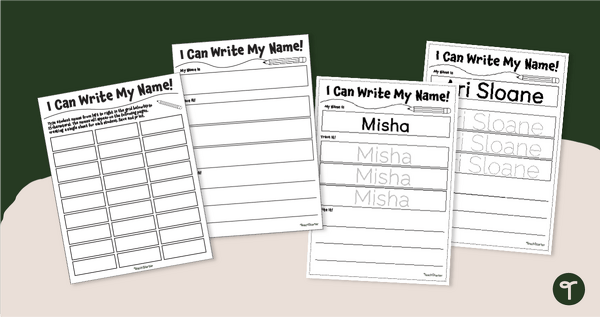
Name Tracing Worksheets - Auto-Fill Handwriting Sheets
Use our Auto-Fill Name Tracing Worksheets PDF to easily create name tracing worksheets.
- Plus Plan
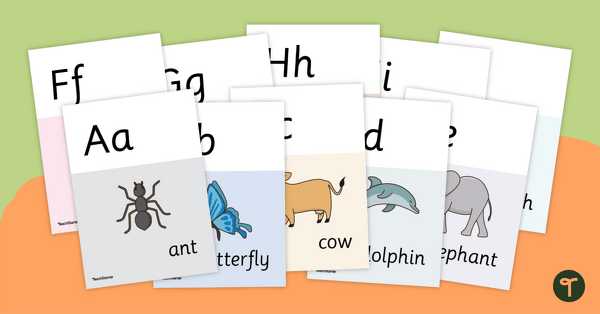
Animal Alphabet Display Posters
An A to Z of animals in 26 vibrant posters.
- Plus Plan
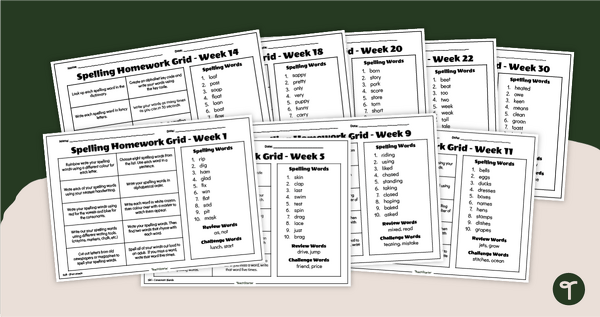
Year 2 Spelling Practice Worksheets - Weekly Homework
Make assigning homework easy all year with Year 2 Spelling Practice Worksheets.
- Plus Plan

Vowel Team Digraph Poster Set
Display this poster set in your classroom when teaching children about different vowel team digraphs.
- Plus Plan
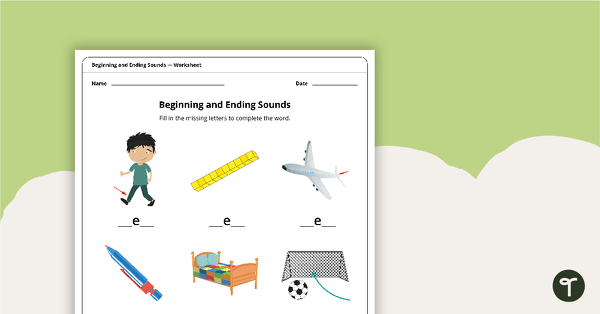
CVC Beginning and Ending Letters Worksheet Pack
Practise identifying missing beginning and ending sounds and letters in this set of 10 CVC worksheets.
- Plus Plan
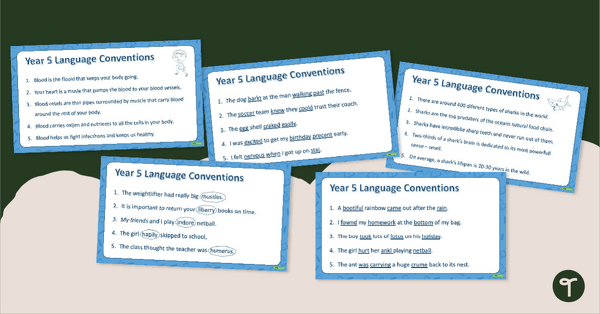
NAPLAN - Language Conventions - Spelling PowerPoint (Year 5)
A 44 slide PowerPoint presentation displaying NAPLAN style spelling questions.
- Free Plan

Dot-to-Dot Alphabet Worksheets
Use this set of 3 dot-to-dot worksheets to get your youngest students practising their recognition of the alphabet.
- Plus Plan
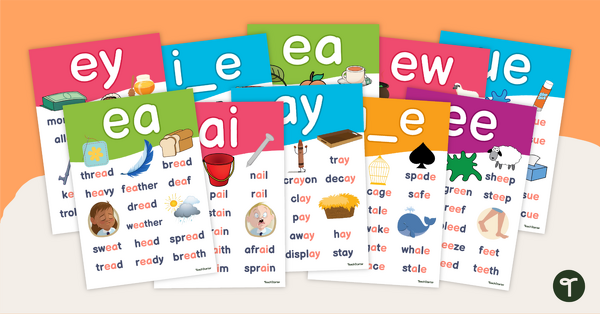
Vowel Digraphs Poster Pack
Expose your students to the most common vowel digraphs with this set of 24 posters.
- Plus Plan
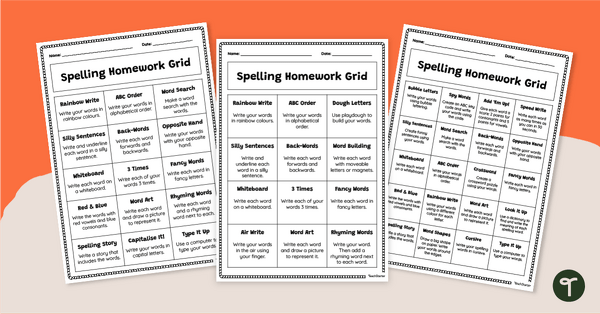
Spelling Homework Grid Pack
Give your students a variety of fun options for spelling homework with Differentiated Spelling Homework Grid Templates.
- Free Plan
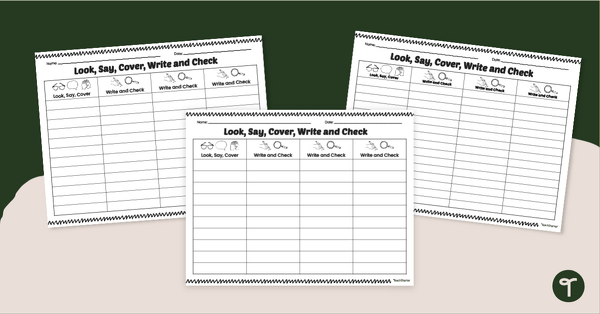
Look, Say, Cover, Write and Check Templates
Use our Look, Say, Cover, Write and Check Templates to encourage students to study and practise their weekly spelling words.
- Plus Plan
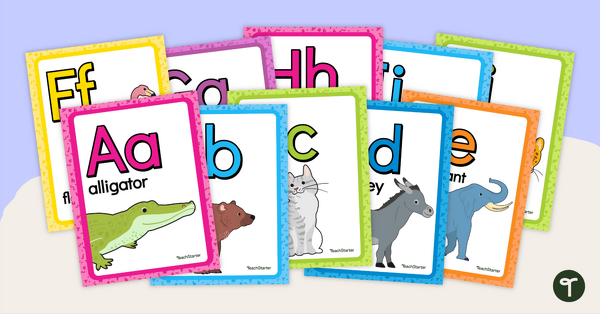
Rainbow Alphabet Display - Animals
Display these rainbow-themed alphabet posters with animals in your classroom.
- Plus Plan

Consonant Digraphs Poster Pack
Expose your students to the most common consonant digraphs with this set of 9 posters.
- Plus Plan

NAPLAN - Language Conventions - Spelling Pack (Year 5)
A set of 12 worksheets with spelling words for NAPLAN Language Conventions Year 5.
- Plus Plan
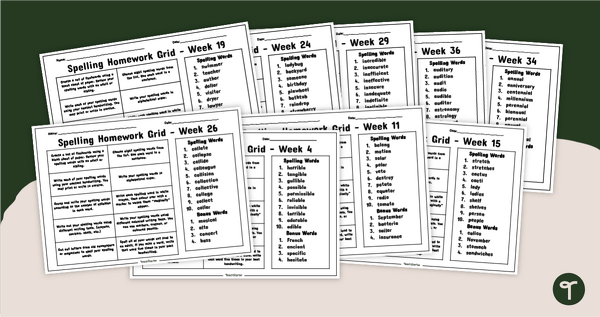
Year 5 Spelling Words Worksheets - Weekly Spelling Homework
Provide your students with engaging spelling homework activities with our no-prep Year 5 Spelling Words Worksheet pack.
- Plus Plan
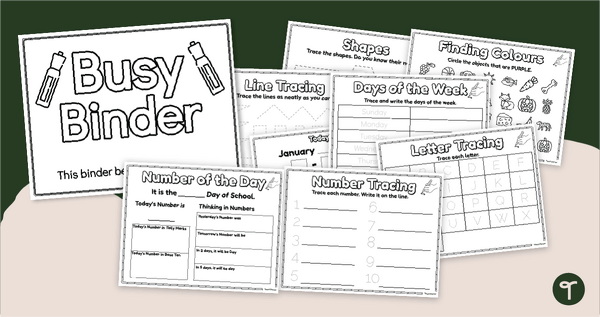
Busy Binder - Morning Work Pages for Kindergarten
Review daily calendar, maths, literacy, and fine motor skills with a printable morning work pages for kindergarten!
- Plus Plan

Letter Reversal Posters
Display these posters highlighting the differences between b, d, p and q letterforms.
- Free Plan
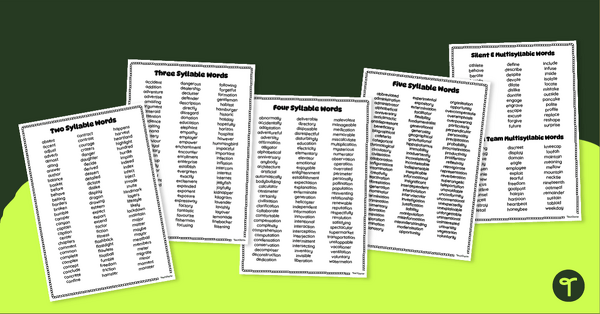
Multisyllabic Word List Resource Pack
Print and use a multisyllabic word list to introduce your students to more complex words and syllable patterns.
- Plus Plan
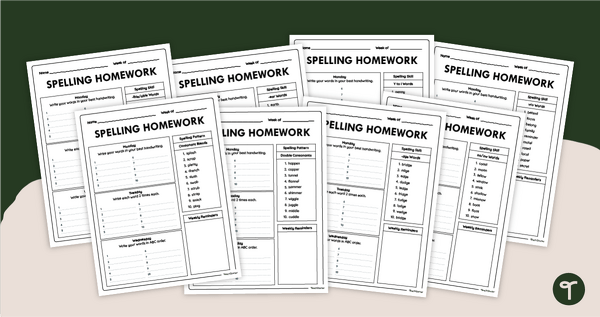
Weekly Spelling Sheets for Year 3
Use our Weekly Spelling Sheets for Year 3 to provide your students with quality spelling homework assignments all year long!
- Plus Plan
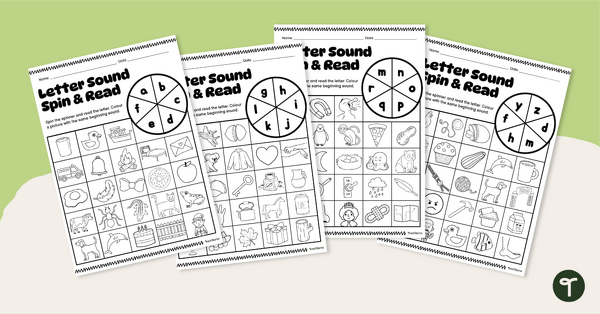
Beginning Sounds Phonics Worksheets
Use these beginning sounds phonics worksheets to explore single grapheme correspondence with your students.
- Plus Plan
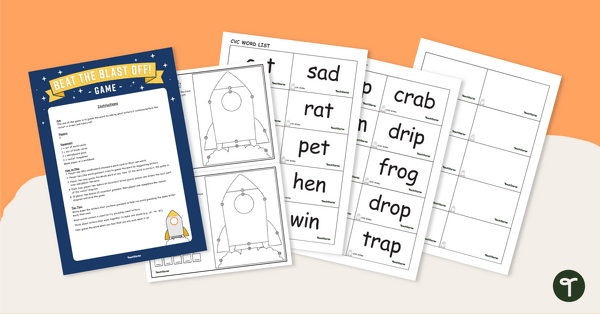
Beat the Blast Off! CVC, CVCC and CCVC Spelling Game
Use this collaborative partner game to familiarise your students with some of the most common CVC, CVCC and CCVC words.
- Plus Plan

Consonant Digraph Phonics Journal
Help students remember and record words and examples of different consonant digraphs during your phonics lessons.
- Plus Plan
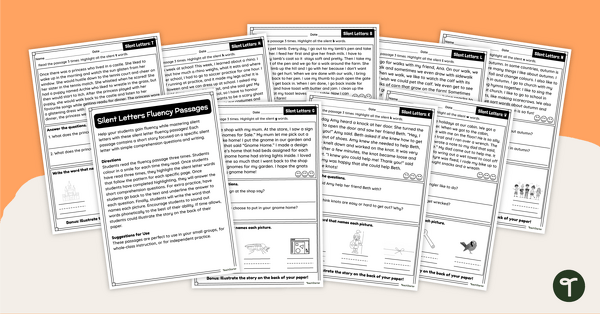
Silent Letters Fluency Passages - Worksheet Pack
Practise identifying the silent letters in words with this comprehensive collection of reading fluency passages.
- Plus Plan

Initial Letter Colouring Worksheet
Identify the first letter for each picture and then colour it in.
- Free Plan
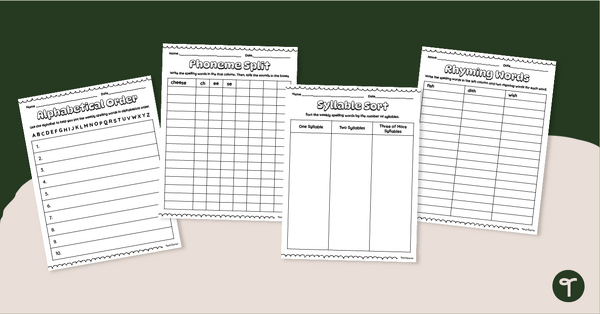
Spelling Worksheets for Any List
Grab these free spelling worksheets for any list and use them to prep your weekly spelling homework with ease!
- Plus Plan
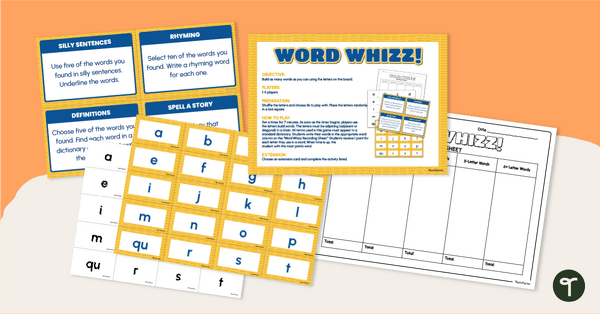
Word Whizz - Spelling Game for Kids
Play ‘Word Whizz’, a fast-paced spelling game for kids that encourages quick thinking and correct spelling.
- Plus Plan

Find the Spelling Errors Worksheets (3-4)
Build spelling and editing skills with printable ‘Find the Spelling Errors’ Worksheets